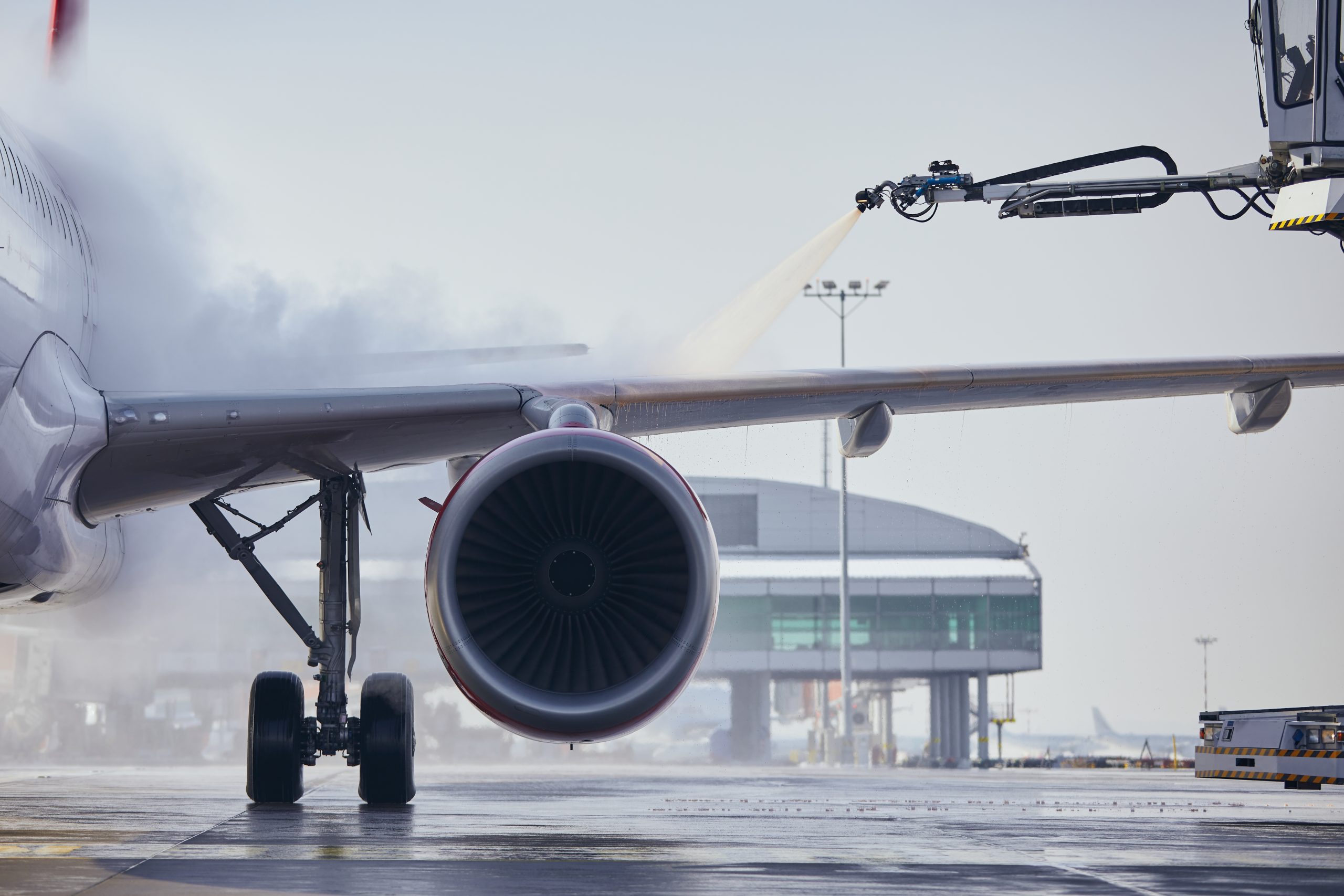By effectively removing and preventing ice accumulation, these operations. These liquids often have a yellow tinge. In aviation, ground deicing of aircraft is the process of removing surface frost, ice or frozen contaminants on aircraft surfaces before an aircraft takes off.
Aircraft DeIcing Why They Spray Aircraft AeroSavvy
These liquids often have a yellow tinge. The cost of fluid varies widely due to market conditions. In short, deicing is necessary because snow and ice on airplane wings can decrease lift by as much as 30%. For small planes, it can be done manually, but we will only discuss the.
 Source: www.naa.edu
Source: www.naa.edu
Let’s take a look at aircraft deicing systems. There are different ways to prevent icing formation on flight surfaces; But why does ice form on the aircraft in the first place? In aviation, ground deicing of aircraft is the process of removing surface frost, ice or frozen contaminants on aircraft surfaces before an aircraft takes off. In short, deicing is.
 Source: www.grupooneair.com
Source: www.grupooneair.com
The cost of fluid varies widely due to market conditions. These liquids often have a yellow tinge. And why do we pilots need to stop it. Lift is the vertical upward force that keeps a plane in the sky. But why does ice form on the aircraft in the first place?
 Source: aerosavvy.com
Source: aerosavvy.com
In aviation, ground deicing of aircraft is the process of removing surface frost, ice or frozen contaminants on aircraft surfaces before an aircraft takes off. There are different ways to prevent icing formation on flight surfaces: This buildup can alter the shape of the wings and affect flight. These liquids often have a yellow tinge. The cost of fluid varies.
 Source: afterburner.com.pl
Source: afterburner.com.pl
By effectively removing and preventing ice accumulation, these operations. Deicing a large commercial aircraft typically consumes between 500 and 1,000 us gallons (1,900 and 3,800 l) of diluted fluid. But why does ice form on the aircraft in the first place? In aviation, ground deicing of aircraft is the process of removing surface frost, ice or frozen contaminants on aircraft.
 Source: thepointsguy.com
Source: thepointsguy.com
But why does ice form on the aircraft in the first place? This can cause delays, but remember,. In aviation, ground deicing of aircraft is the process of removing surface frost, ice or frozen contaminants on aircraft surfaces before an aircraft takes off. Let’s take a look at aircraft deicing systems. The cost of fluid varies widely due to market.
 Source: aeromag.ca
Source: aeromag.ca
But why does ice form on the aircraft in the first place? This can cause delays, but remember,. These liquids often have a yellow tinge. There are different ways to prevent icing formation on flight surfaces: The most common on large commercial jets is the use of heated tubes.
 Source: viewfromthewing.com
Source: viewfromthewing.com
The most common on large commercial jets is the use of heated tubes. This buildup can alter the shape of the wings and affect flight. For small planes, it can be done manually, but we will only discuss the. Lift is the vertical upward force that keeps a plane in the sky. This prevents even a small.
![Aircraft DeIcing Close Up, Details [HD] YouTube](data:image/gif;base64,R0lGODlhAQABAAAAACH5BAEKAAEALAAAAAABAAEAAAICTAEAOw==) Source: www.youtube.com
Source: www.youtube.com
For small planes, it can be done manually, but we will only discuss the. These liquids often have a yellow tinge. But why does ice form on the aircraft in the first place? The cost of fluid varies widely due to market conditions. This can cause delays, but remember,.
 Source: science.howstuffworks.com
Source: science.howstuffworks.com
This buildup can alter the shape of the wings and affect flight. These liquids often have a yellow tinge. The most common on large commercial jets is the use of heated tubes. And why do we pilots need to stop it. There are different ways to prevent icing formation on flight surfaces:
 Source: thepointsguy.com
Source: thepointsguy.com
But why does ice form on the aircraft in the first place? There are different ways to prevent icing formation on flight surfaces; Lift is the vertical upward force that keeps a plane in the sky. At altitude, any moisture that accumulates on aircraft wings can freeze and affect aircraft performance. These liquids often have a yellow tinge.
 Source:
Source:  Source:
Source:  Source:
Source:  Source:
Source:  Source:
Source:  Source:
Source:  Source:
Source: ![Aircraft DeIcing Close Up, Details [HD] YouTube](https://i2.wp.com/i.ytimg.com/vi/arRCtRJRm_o/maxresdefault.jpg) Source:
Source:  Source:
Source: